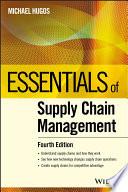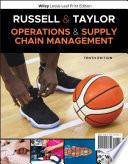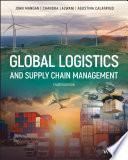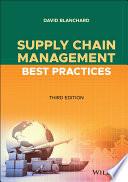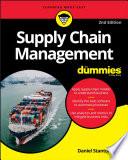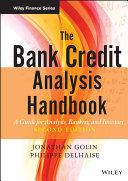
The Bank Credit Analysis Handbook
A Guide for Analysts, Bankers and Investors
A hands-on guide to the theory and practice of bank credit analysis and ratings In this revised edition, Jonathan Golin and Philippe Delhaise expand on the role of bank credit analysts and the methodology of their practice. Offering investors and practitioners an insider's perspective on how rating agencies assign all-important credit ratings to banks, the book is updated to reflect today's environment of increased oversight and demands for greater transparency. It includes international case studies of bank credit analysis, suggestions and insights for understanding and complying with the Basel Accords, techniques for reviewing asset quality on both quantitative and qualitative bases, explores the restructuring of distressed banks, and much more. Features charts, graphs, and spreadsheet illustrations to further explain topics discussed in the text Includes international case studies from North America, Asia, and Europe that offer readers a global perspective Offers coverage of the Basel Accords on Capital Adequacy and Liquidity and shares the authors' view that a bank could be compliant under those and other regulations without being creditworthy A uniquely practical guide to bank credit analysis as it is currently practiced around the world, The Bank Credit Analysis Handbook, Second Edition is a must-have resource for equity analysts, credit analysts, and bankers, as well as wealth managers and investors.
- ISBN 13 : 0470821574
- ISBN 10 : 9780470821572
- Judul : The Bank Credit Analysis Handbook
- Sub Judul : A Guide for Analysts, Bankers and Investors
- Pengarang : Jonathan Golin, Philippe Delhaise,
- Kategori : Business & Economics
- Penerbit : John Wiley & Sons
- Bahasa : en
- Tahun : 2013
- Google Book : http://books.google.co.id/books?id=3rvIAgAAQBAJ&dq=intitle:bank&hl=&source=gbs_api
-
Ketersediaan :
Praise for The Bank Credit Analysis Handbook, Second Edition "In this second edition, Philippe Delhaise and Jonathan Golin build on their professional experience with Thomson Bank Watch Asia to produce a clear introduction to bank credit ...

